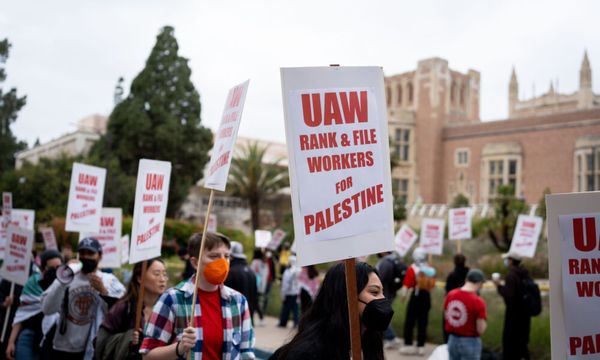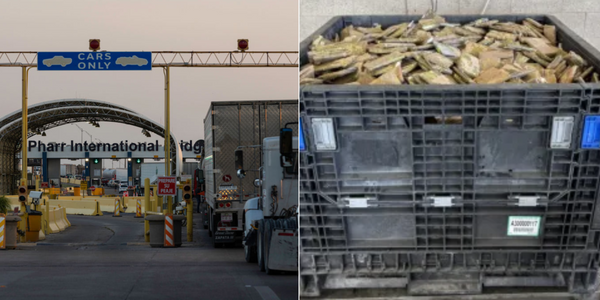The concrete bunker-style bus shelter that has been adopted as a symbol of Canberra would be put back into production as part of the ACT Greens' climate adaptation plans.
The party said the shelter style provided a high level of protection from the elements, which would be increasingly important in a changing climate.
"Canberra's classic concrete bus shelters offer good protection from the weather, but the same can't be said for all bus shelters, some of which do little to protect people from the sun or rain instead focusing on offering surfaces for advertising," the party said.
"We will build shaded and weather resistant bus shelters across Canberra with a focus on areas where they are lacking."
The Greens said its election commitment would cost $5 million to install around 200 bus shelters - either the bunker type or other shaded and weather-resistant structures - across the city.

The bunker bus shelters were designed by architect Clem Cummings and were first installed in 1975, and each cost about $2000 - the equivalent of about $16,850 today. Although prices rose, versions of the shelter were installed into the 1980s and 1990s.
Shelters have been moved as the bus network has changed, and some have had solar lighting installed to serve passengers travelling at night.
Greens leader Shane Rattenbury said good preparation can ensure the capital remains liveable, safe and beautiful as the climate changes.
"The ACT Greens will take decisive action to prepare our city and our community for climate change. This means planting more street trees and changing the way we develop to keep our city cool, it means being prepared for heat waves and keeping our community healthy and safe as the climate changes, and it means being well prepared for extended bushfire seasons," Mr Rattenbury said.

The Greens also want to appoint a chief heat officer to oversee the management and preparation for extreme heat events, and plant at least 20,000 street trees each year.
"As the climate warms it will be increasingly important to have established street trees in our neighbourhoods, so the sooner we can get them in the ground, the better off we will be," the party's election policy said.
Shade trees would be planted along walking and cycling routes and stronger protections to prevent street trees being removed would be introduced.
The party wants a $1 million trial of city cooling technology, including misting, water features and building facades covered in plants and to spend an extra $10 million over four years on bushfire preparation and response.
New homes would be required to meet higher energy efficiency and air quality standards and new suburbs would be designed so housing blocks maximise solar orientation, making it possible to build solar passive housing.
"Insulating building slabs, introducing double glazing for windows and switching to light-coloured roofs are simple changes that will boost home energy efficiency, which reduces electricity bills, and increases home comfort in winter and summer," the party said.







